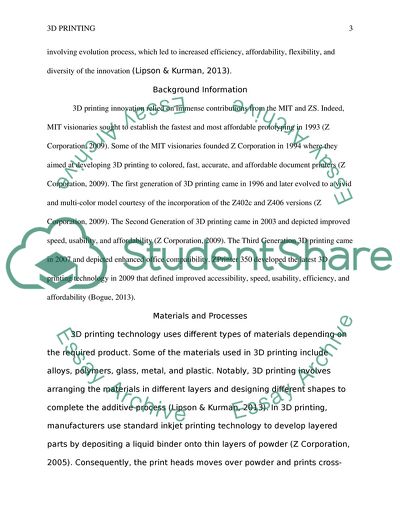Cite this document
(Future Implications of 3D Printing Case Study Example | Topics and Well Written Essays - 1250 words, n.d.)
Future Implications of 3D Printing Case Study Example | Topics and Well Written Essays - 1250 words. https://studentshare.org/engineering-and-construction/1849933-3d-printing
Future Implications of 3D Printing Case Study Example | Topics and Well Written Essays - 1250 words. https://studentshare.org/engineering-and-construction/1849933-3d-printing
(Future Implications of 3D Printing Case Study Example | Topics and Well Written Essays - 1250 Words)
Future Implications of 3D Printing Case Study Example | Topics and Well Written Essays - 1250 Words. https://studentshare.org/engineering-and-construction/1849933-3d-printing.
Future Implications of 3D Printing Case Study Example | Topics and Well Written Essays - 1250 Words. https://studentshare.org/engineering-and-construction/1849933-3d-printing.
“Future Implications of 3D Printing Case Study Example | Topics and Well Written Essays - 1250 Words”. https://studentshare.org/engineering-and-construction/1849933-3d-printing.


